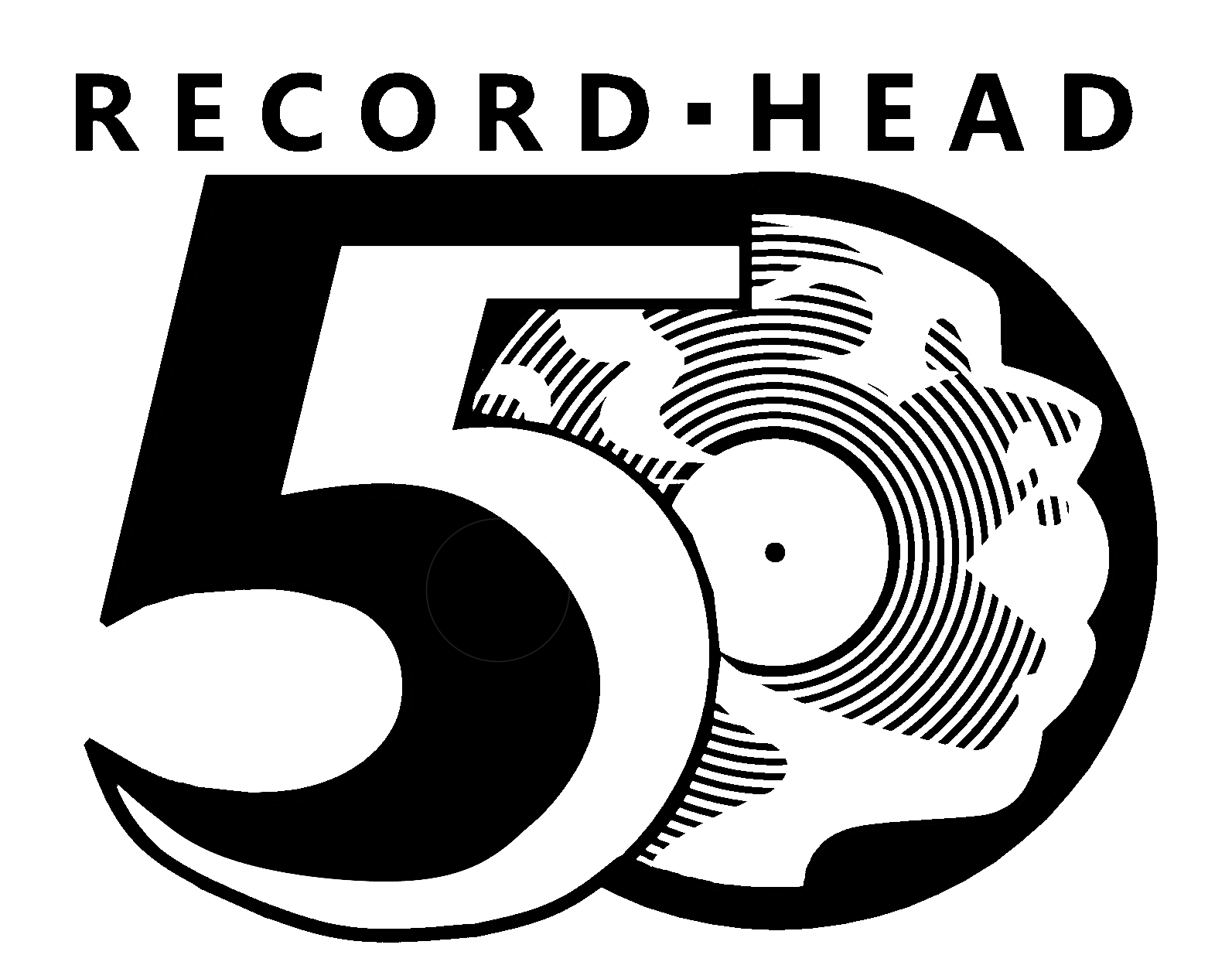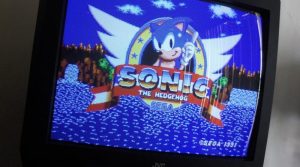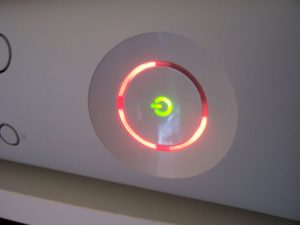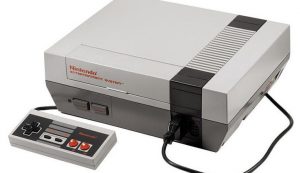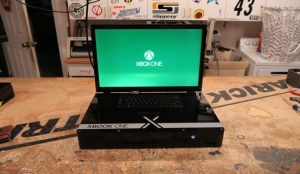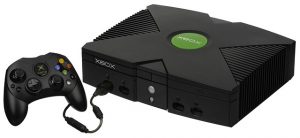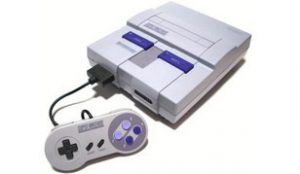
The Japanese video game company Sega was one of the major players in the industry’s foundation. While it experienced success developing arcade games, most know Sega for its timeless stories and iconic characters. Few of today’s gamers have ever gotten their hands on one of the various Sega consoles.
Unless you lived through it, you might find yourself asking questions like “how many consoles did Sega release?” or “what is the order of Sega consoles?” Don’t sweat the confusion — Record Head is here to help you get all of Sega’s consoles straight. Here’s our guide to Sega’s video game consoles.
Wave One — SG-1000 and SG-3000
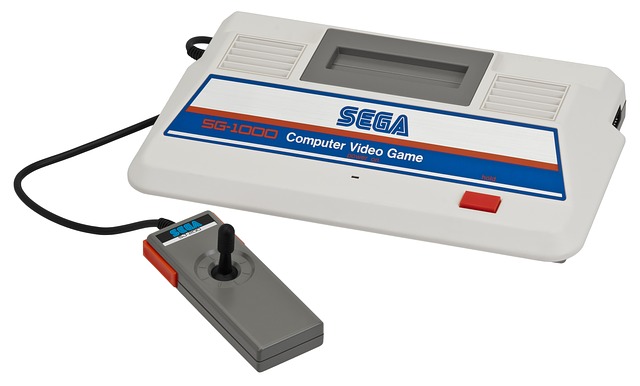 The first Sega systems customers could bring home were the Japanese-exclusive SG-1000 and its computer counterpart, the SG-3000, which debuted in July 1983. Unfortunately for Sega, these systems dropped the same day as Nintendo Famicom — called the Nintendo Entertainment System (NES) in the United States. Gamers loved playing arcade staples like Galaga and Space Invaders in their homes, but the SG models played second-fiddle to big-brother Nintendo.
The first Sega systems customers could bring home were the Japanese-exclusive SG-1000 and its computer counterpart, the SG-3000, which debuted in July 1983. Unfortunately for Sega, these systems dropped the same day as Nintendo Famicom — called the Nintendo Entertainment System (NES) in the United States. Gamers loved playing arcade staples like Galaga and Space Invaders in their homes, but the SG models played second-fiddle to big-brother Nintendo.
Wave Two — Sega Master System
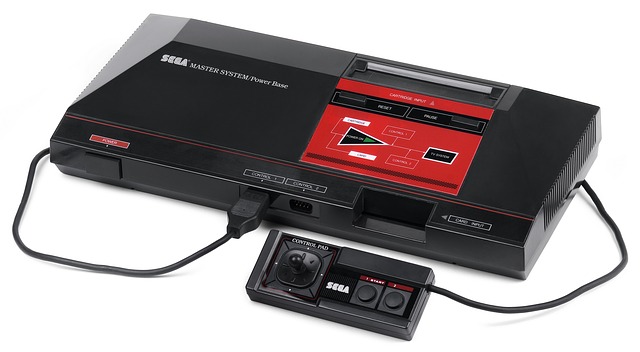 Sega made its North American debut in 1986 with the Sega Master System, released in Japan as the Sega Mark III in October 1985. The Sega Master System introduced some classic titles and featured superior hardware to the NES, but something was missing. Nintendo had a cast of recognizable characters and exclusive contracts with top game developers, so it was back to the drawing board for the Sega team.
Sega made its North American debut in 1986 with the Sega Master System, released in Japan as the Sega Mark III in October 1985. The Sega Master System introduced some classic titles and featured superior hardware to the NES, but something was missing. Nintendo had a cast of recognizable characters and exclusive contracts with top game developers, so it was back to the drawing board for the Sega team.
Wave Three — Sega Genesis and Game Gear
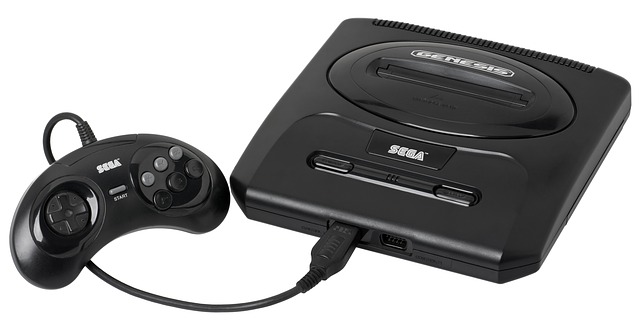 Sega’s next console attempt at worldwide success came through the 1989 Sega Genesis, the company’s most powerful system to date. The Genesis featured sharp 16-bit graphics with beautiful color definition.
Sega’s next console attempt at worldwide success came through the 1989 Sega Genesis, the company’s most powerful system to date. The Genesis featured sharp 16-bit graphics with beautiful color definition.
Despite its great features, international audiences were reluctant to buy a Sega Genesis when it reached North America. Attempts to drive sales with creative slogans like “Genesis does what Nintendon’t” and attachments to famous names like Joe Montana and Michael Jackson only managed to earn the Genesis 500,000 US sales.
The Sega Genesis caught a second wind when Sonic the Hedgehog dashed onto the scene in 1991. Sega finally had the recognizable mascot it needed to compete with Nintendo. The company packaged the first Sonic the Hedgehog game with the Sega Genesis and dropped the price from $189 to $149. These changes enabled the Genesis to edge out the Super Nintendo Entertainment System (SNES) in US sales.
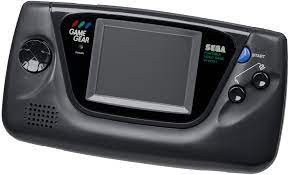
Sega’s handheld effort, Game Gear, hit stores in October 1990 in Japan and April 1991 in North America. Nintendo’s Game Boy won that battle, but the Game gear stands out as a unique moment in handheld gaming history.
Wave Four — Sega Saturn
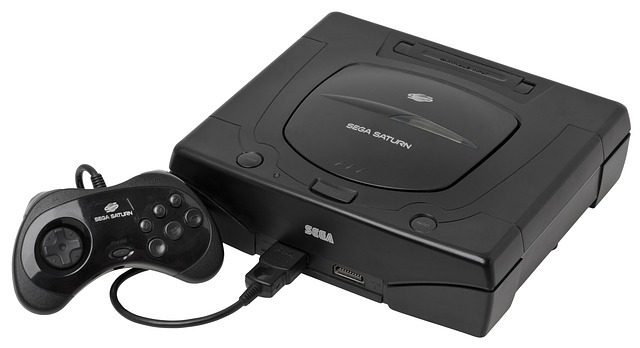 By the mid-1990s, video game quality improved fast, and Sega had to compete with 32-bit powerhouses like the Nintendo 64 and Sony’s Playstation. Sega’s response was the Saturn, which reached the Japanese market in November 1994 and North America in May 1995.
By the mid-1990s, video game quality improved fast, and Sega had to compete with 32-bit powerhouses like the Nintendo 64 and Sony’s Playstation. Sega’s response was the Saturn, which reached the Japanese market in November 1994 and North America in May 1995.
The Sega Saturn was the company’s first console to play CD-ROM games at release. Titles like Duke Nukem 3D, X-Men vs. Street Fighter and Resident Evil found a happy home on the Saturn, but it was ultimately a commercial failure.
Wave Five — Sega Dreamcast
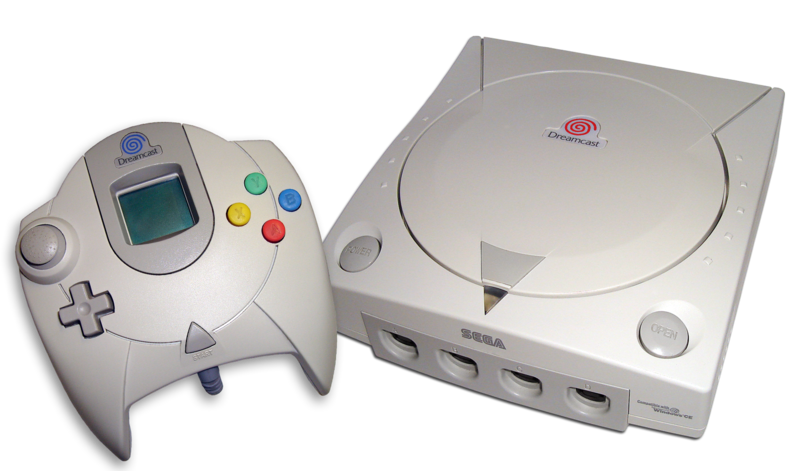 The Sega Dreamcast was the company’s last hoorah as console developers, and it’s one system that truly hit the mark. Debuting in Japan in November 1998 and North America in September 1999, the Sega Dreamcast capitalized on the gap between its competitor’s releases. The Playstation and Nintendo 64 were nearing the end of their life cycles, and the Dreamcast came into the market with 18 unique launch titles.
The Sega Dreamcast was the company’s last hoorah as console developers, and it’s one system that truly hit the mark. Debuting in Japan in November 1998 and North America in September 1999, the Sega Dreamcast capitalized on the gap between its competitor’s releases. The Playstation and Nintendo 64 were nearing the end of their life cycles, and the Dreamcast came into the market with 18 unique launch titles.
Dreamcast games like Sonic Adventure 2, Soul Calibur, Crazy Taxi 2 and Skies of Arcadia were smash hits, leading to a successful release. As Nintendo and Sony’s new consoles and Microsoft’s Xbox were soon to release, the Dreamcast was the final console in Sega’s historic run.
What Is Sega Up to Today?
Today, Sega has moved away from consoles and instead works as a third-party game developer. Gamers can still catch occasional retro re-releases, like the Sega Genesis Mini emulator. Still, most of Sega’s iconic characters are more likely to appear on an Xbox, Playstation or Nintendo console.
If you want to get your hands on a classic Sega console or game, check out the inventory at Record Head! We buy, sell and trade retro video games at our West Allis store or online through eBay, so stop in or get in touch to discuss what’s in stock.
